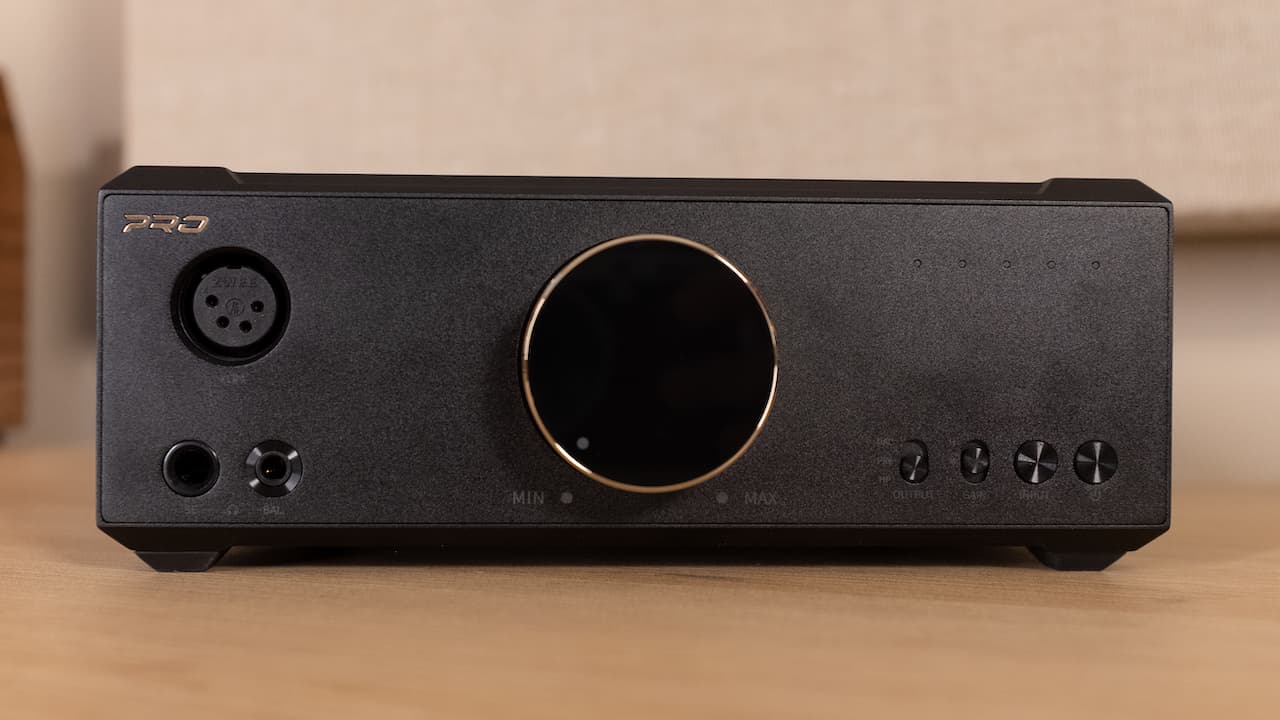In the quest for pristine audio, audiophiles and casual listeners alike are turning to desktop Digital-to-Analog Converters (DACs). The DAC becomes the heart of a high-fidelity audio setup, translating digital audio files into rich, clear, analog sound. Let’s delve into how a DAC can bring new life to your audio setup and why it might be the investment that takes your listening experience to the next level.
Understanding the Role of a DAC
The Basics of Digital-to-Analog Conversion
At its core, a DAC takes digital audio data from your computer or digital device and converts it into an analog signal that your headphones or speakers can play. Since all digital files need to be converted to analog before we can hear them, the quality of this conversion can greatly affect sound quality.
Why Your Built-in Audio Isn’t Enough
Most computers and smartphones have an integrated DAC, but these are often low-quality due to design compromises and cost-saving measures. A dedicated desktop DAC offers a significant upgrade by reducing electrical noise and employing more sophisticated conversion technology to produce clearer, more accurate sound.
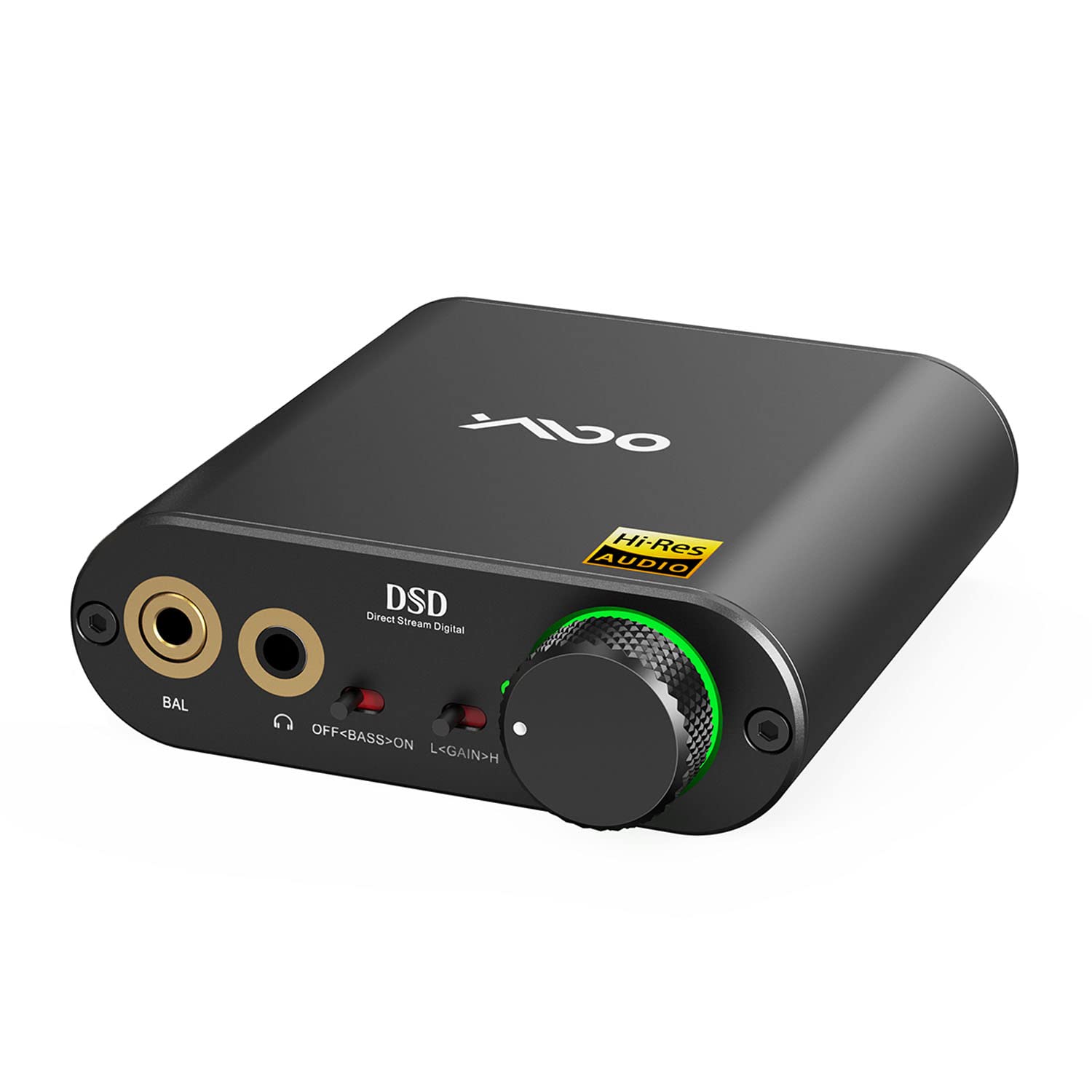
Evaluating DAC Features
Decoding the Specifications
When shopping for a DAC, key specs like bit depth and sampling rate are vital. These determine the unit’s ability to provide high-resolution audio. A 24-bit DAC with a high sampling rate, for example, can handle more detailed sound information than the standard 16-bit DAC in most devices.
Assessing Connectivity Options
Check the inputs and outputs to ensure compatibility with your existing equipment. Versatile DACs offer USB, optical, and coaxial inputs and support for multiple headphones or speaker connections. Choose a DAC that best fits your gear and listening preferences.
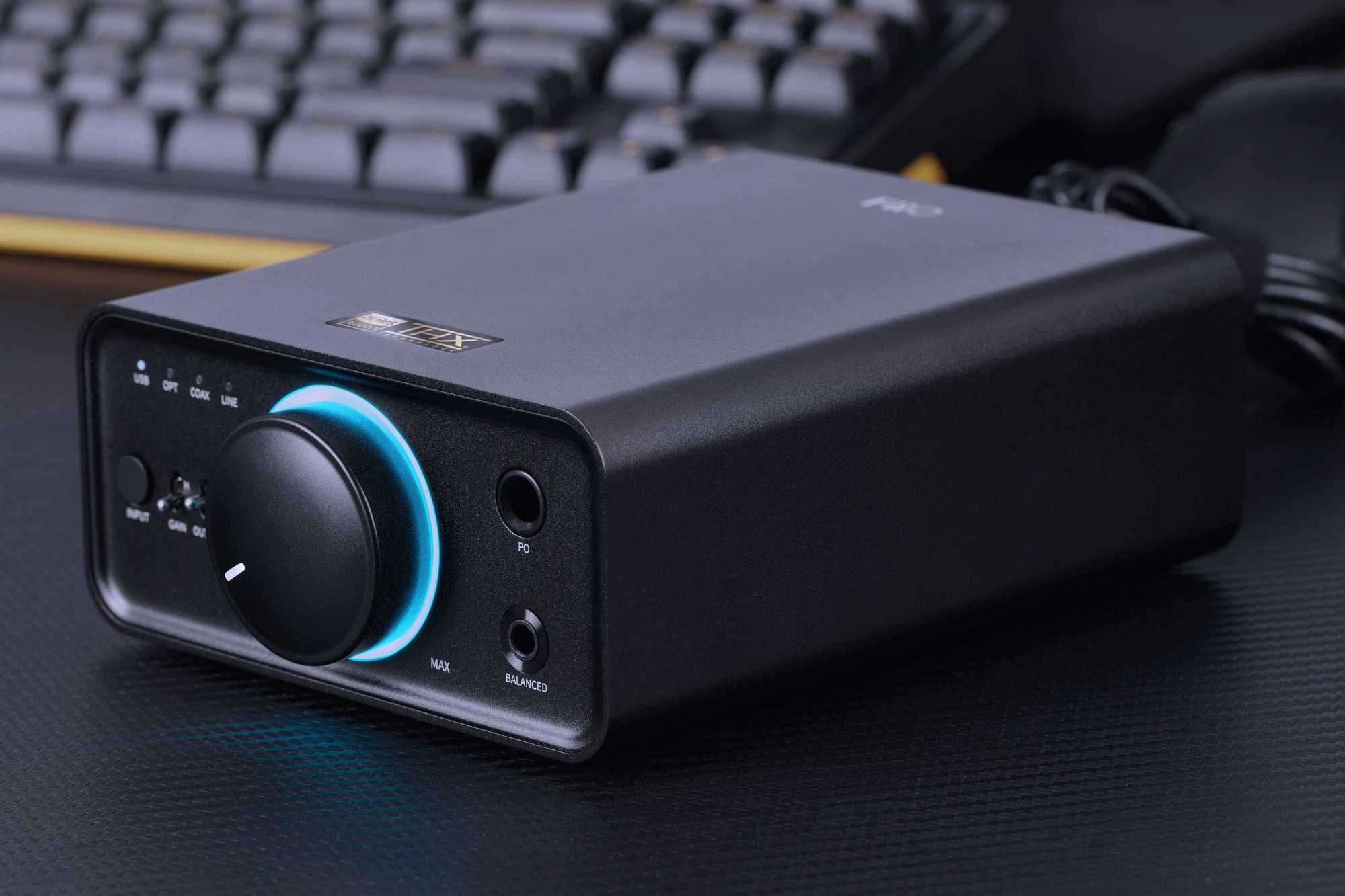
Setting Up Your Desktop DAC
Easy Integration into Your Audio System
Setting up a desktop DAC usually involves just a simple connection between the DAC and your computer, followed by another connection from the DAC to your headphones or speaker system. USB is the most common way to connect a DAC to a computer. For the best sound, adjust your computer’s audio output settings to match the DAC’s specs.
Fine-Tuning for Optimal Performance
Many DACs feature onboard controls for volume, input selection, or even sound signature. Experiment with these to customize the output to your liking. In setups with separate amplifiers, set the DAC to a fixed output level and use the amplifier to control volume for more precise adjustments.
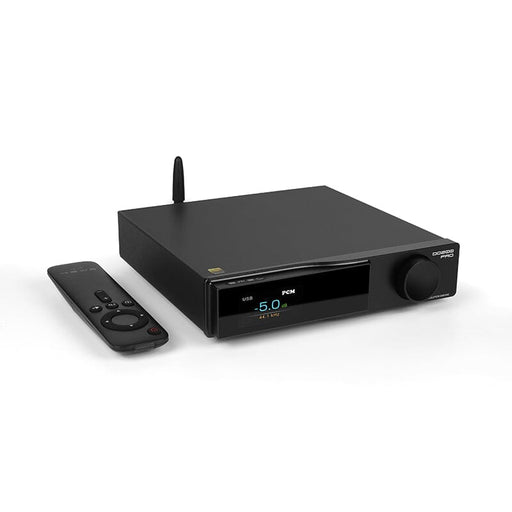
Upgrading Other Elements of Your Setup
Pairing with the Right Amplifier
Some DACs come with an integrated amplifier, but for those that don’t, pairing with the right amplifier is crucial. Choose an amp that complements the clarity and output level of your DAC. The synergy between both devices will maximize sound quality and ensure that your headphones or speakers perform at their best.
Matching with Speakers or Headphones
The benefits of a desktop DAC are best heard with high-quality speakers or headphones. Devices that can reproduce the higher quality sound provided by the DAC can showcase its full potential. Be sure to select gear with wide frequency ranges and high fidelity to unlock the full experience.
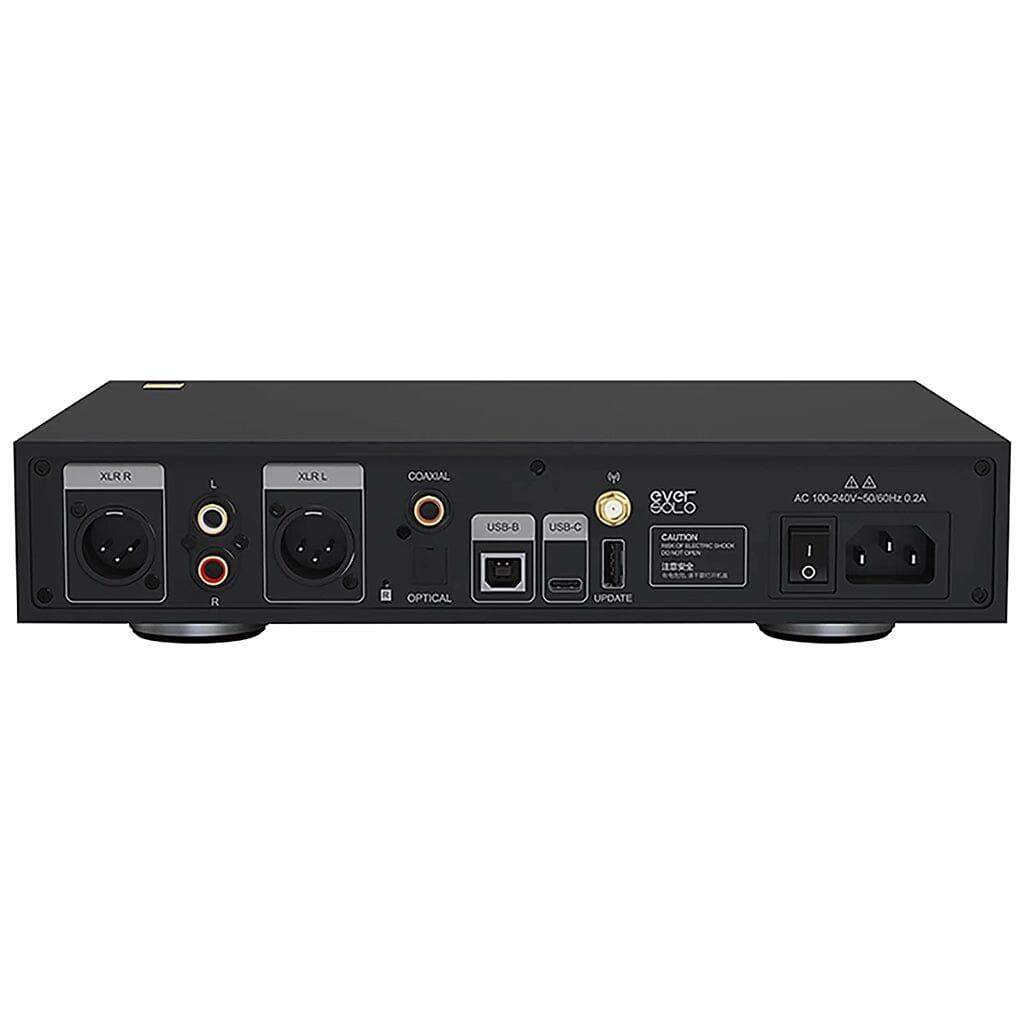
Exploring Advanced Capabilities
Playing With High-Resolution Files
To truly appreciate the improvement a DAC can provide, feed it high-resolution audio files. Formats like FLAC or DSD provide more sonic information than standard MP3s or streaming audio. These files showcase the nuanced improvements in tone and texture that a good DAC can decode.
Utilizing Custom Filters and EQ Settings
Advanced DACs may offer customizable digital filters to fine-tune sound balance or equalizer settings to adjust frequencies to your taste. Playing with these can help you carve out the perfect sound for different genres of music or audio content.
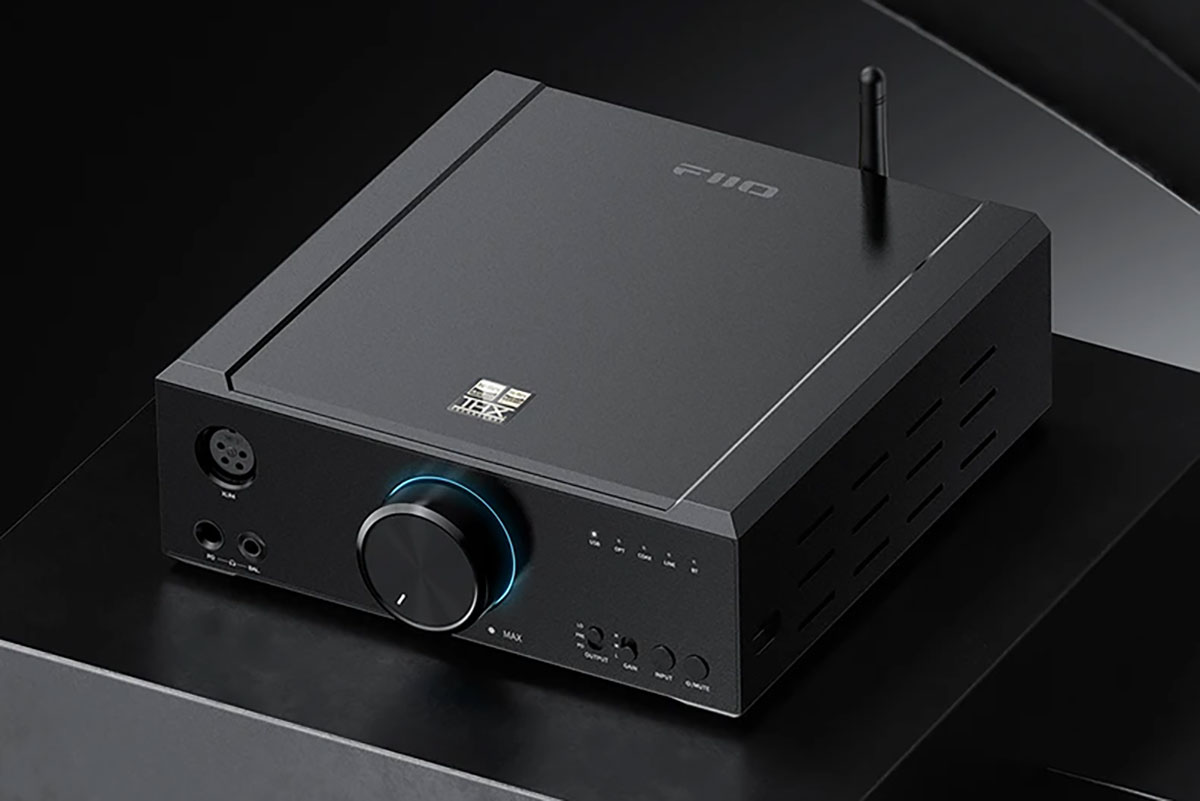
Preserving Sound Quality
Dealing with Interference
Electrical interference from other components can degrade sound quality. To avoid this, isolate the DAC from other devices and use high-quality cables. This prevents “noise” from infiltrating the audio path, ensuring pure sound reproduction.
Ensuring Consistent Power Supply
Fluctuations in power supply can affect a DAC’s performance. Using a consistent and clean power source, or even a dedicated power conditioner, can ensure stable operation and prevent unwanted distortion or interference.
Enhancing Your Audio Software
Choosing the Right Playback Software
The improvement in sound quality from a DAC often prompts a closer look at your playback software. Opt for programs designed for higher audio fidelity that can take advantage of your DAC’s capabilities. Quality playback software can support a wider range of audio formats, offer better buffer management, and deliver a more refined audio output through your DAC.
Customizing Sound Profiles
Many playback software options allow for the creation of custom sound profiles. Take the time to set up different profiles for various listening scenarios, such as immersive gaming, detailed classical music sessions, or movie nights. This fine-tuning makes it easy to switch contexts while maintaining an optimized listening experience through your DAC.
Streaming Services and DAC Compatibility
If you use streaming services, check if they offer high-resolution streaming that’s compatible with your DAC. Services like TIDAL or Qobuz provide lossless audio that can make full use of your DAC’s high-resolution capabilities. Always ensure the streaming quality settings are at their highest to fully leverage what your DAC can do.
Expanding Audio Horizons
Discovering New Music
With a DAC enhancing your audio experience, you might find yourself more open to exploring genres or artists you hadn’t appreciated before. The nuanced reproduction of sound can bring out elements in recordings that reveal new dimensions in familiar tracks or pique interest in genres you previously overlooked.
Experimenting with Audio Production
As you become more attuned to high-quality audio, you might develop an interest in audio production or mixing. A solid DAC can be an invaluable tool for budding musicians and producers, providing accurate sound for editing and mixing. It can be the cornerstone of a home recording setup, ensuring that what you hear is as close to the intended output as possible.
Engaging with the Audio Community
Entering the world of high-end audio can lead to new connections with an enthusiastic and knowledgeable community. Joining forums or local audio groups can provide insights and advice on further enhancing your audio journey. Engage with other audiophiles to learn about new equipment, tweaks, and listening techniques that can complement your existing DAC-focused setup.
A Sound Investment
A desktop DAC can revolutionize your audio setup by improving the fidelity of your music, movies, and games. It does so by offering a purer conversion process and additional features that built-in audio solutions simply cannot match. Investing in a DAC is investing in the quality of your audio experience. With the right configuration and matched equipment, the sonic improvements will be both audible and appreciable, making every listen a deeper and more satisfying experience.
